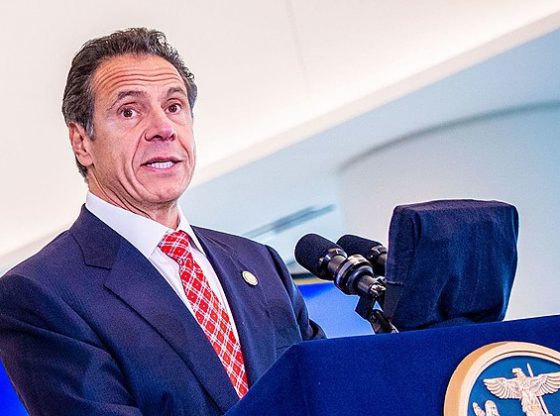China’s National Development and Reform Commission (NDRC) recently announced a new program in which the Xi Jinping government will subsidize the building of new coal-fired electricity generation plants. Part of an effort to ensure power grid reliability and stability into the future, NDRC’s notice says the program will commence January 1, 2024.
The program will enable new coal-fired power plants to recover about 30% of their capital costs in just the first two years of operation. The government subsidies will be funded from tariffs directed to operators of coal-fired plants by the country’s various electricity grids, using monies collected from commercial and industrial users.
The new program is just another proof point that China is continuing to increase the pace of expansion of its coal-fired power sector as time goes on. Indeed, a report released earlier this year by Global Energy Monitor and the Centre for Research on Energy and Clean Air (CREA) showed China permitted more coal-fired power plants in 2022 than it had since 2015, and has six times more coal-fired power plants under construction currently than the rest of the world combined.
Meanwhile, as the Xi government continues its massive expansion of coal-fired electricity to ensure grid reliability, the Biden government in the U.S. remains intent on destroying its own coal sector. The Institute for Energy Research (IER)notes that this effort is being underwritten by liberal billionaire philanthropists like former Democrat presidential candidate and New York City Mayor Michael Bloomberg, who has now pledged $1 billion from his personal fortune to, as he put it, “finish the job on coal.”
In September, Bloomberg Philanthropies stated, “With 372 of 530 coal plants announced to retire or closed to date—more than 70 percent of the country’s coal fleet—this next phase will shut down every last U.S. coal plant.” The effort also targets cutting natural gas-fired generation capacity by half, and would block any new plants from being built in the future. Noting that coal and natural gas power plants account for 98% of U.S. plant closures during 2023, IER points to the fact that the federal government’s forcing of those closures is now negatively impacting reserve margins on the nation’s power grids.
Until the recent hyper focus on cutting atmospheric carbon dioxide, it was customary for grid managers to work to maintain a reserve of up to 20% of total dispatchable generating capacity to be available to come online during severe weather conditions and other instances during which demand threatens to overwhelm supply. Grid managers are finding it increasingly difficult to avoid blackout conditions as grids become increasingly overwhelmed by intermittent, unpredictable wind and solar capacity at the expense of reliable dispatchable baseload.
The problem of lack of dispatchable reserves was highlighted in a deadly way in Texas during February 2021’s Winter Storm Uri, a series of three severe cold fronts that froze most of the state for almost a week, leading to blackouts in which an estimated 300 Texans died. In the storm’s wake, the legislature and regulators identified a series of issues on the grid and at grid manager ERCOT that needed correcting, many of which were dealt with in that year’s legislative session.
But the grid’s shortage of dispatchable thermal capacity – a long-known issue – was left unresolved that year. The 2023 legislature enacted a ballot proposal (Proposition 7) creating a fund to subsidize the rapid building of up to 10 GW of new natural gas generation capacity in the coming years. It is exactly the opposite approach being pushed by the Biden government and its political funders in the climate alarmist community, like Bloomberg.
Texas voters overwhelmingly approved Proposition 7 in the November 7 election. In doing so, Texans rejected the notion that their state, which produces more natural gas than all but two other countries, should ever be subjected to an unreliable, unstable power grid that causes hundreds of deaths during weather emergencies.
Sadly, Americans living in other parts of the country will remain saddled with the destructive Biden approach, with little hope for anything improving until at least 2025.
David Blackmon on November 15, 2023
















